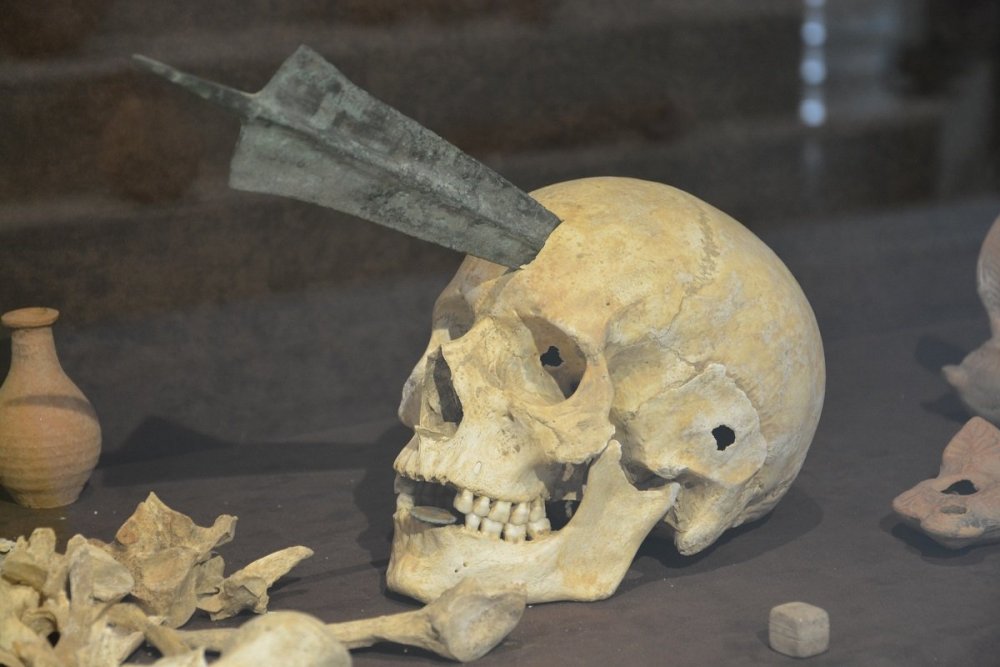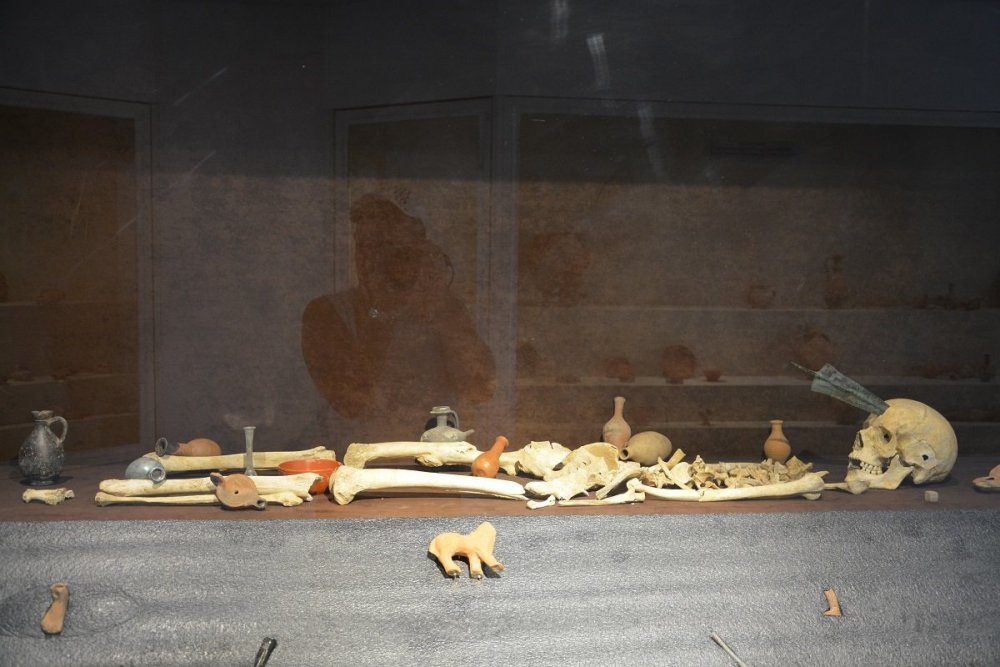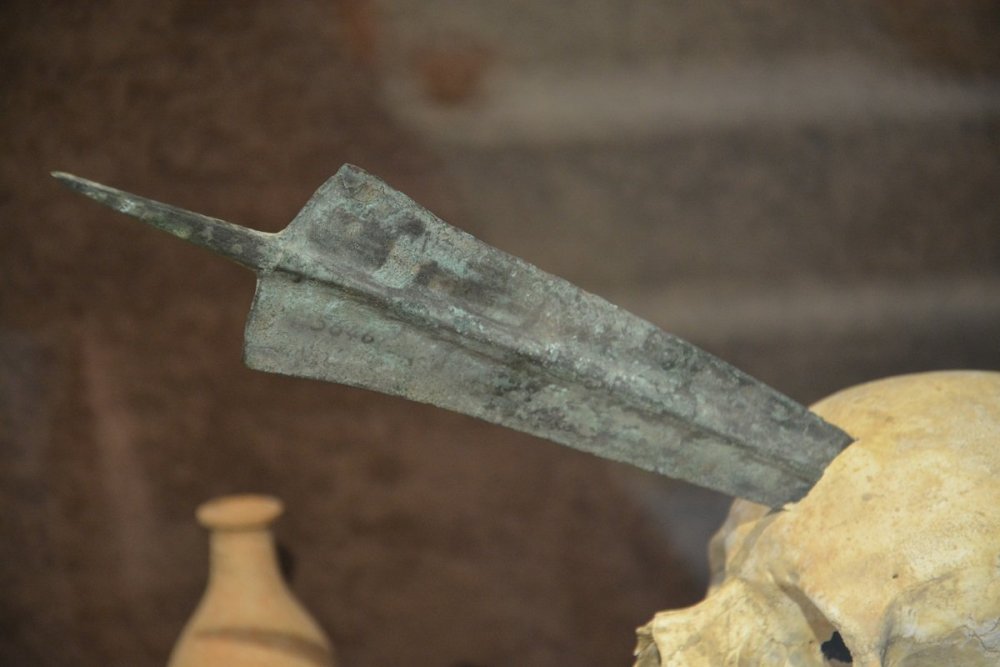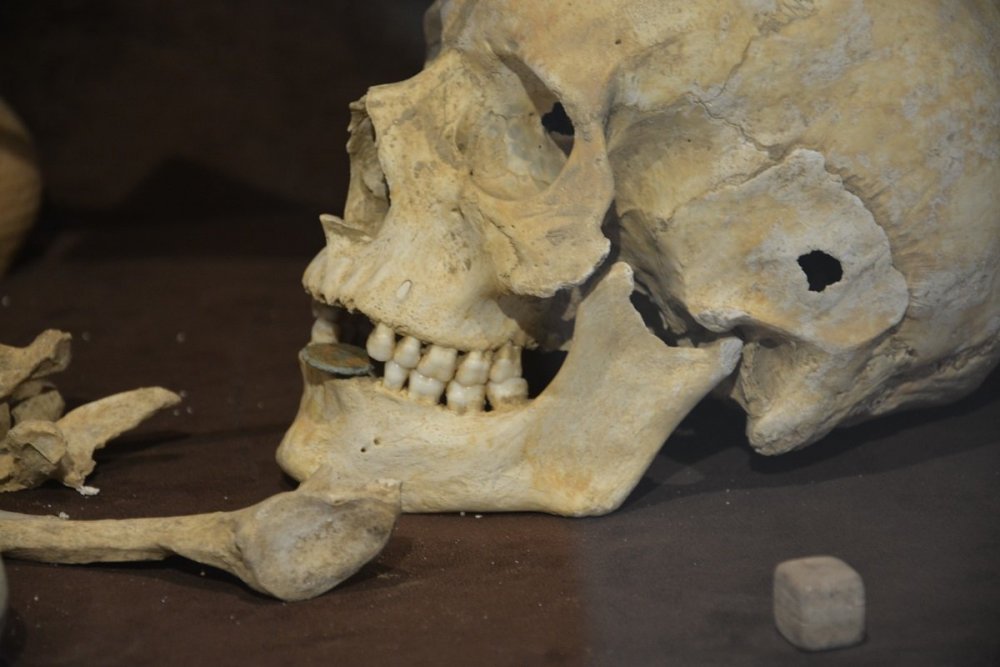
Aphrodisias was our second stop of our photography trip (see here our first stop).
Aphrodisias was a large area with amazing ruins. There was also an indoor museum with the more fragile pieces.

Aphrodisias was a small ancient Greek Hellenistic city in the historic Caria cultural region of western Anatolia, Turkey. It is located near the modern village of Geyre, about 100 km (62 mi) east/inland from the coast of the Aegean Sea, and 230 km (140 mi) southeast of İzmir.
Aphrodisias was named after Aphrodite, the Greek goddess of love, who had here her unique cult image, the Aphrodite of Aphrodisias. According to the Suda, a Byzantine encyclopedic compilation, before the city became known as Aphrodisias (c.3rd century BCE) it had three previous names: Lelégōn Pólis (“City of the Leleges”), Megálē Pólis (“Great City”), and Ninóē .
Aphrodisias was the metropolis (provincial capital) of the region and Roman province of Caria.
White and blue grey Carian marble was extensively quarried from adjacent slopes in the Hellenistic and Roman periods, for building facades and sculptures. Marble sculptures and sculptors from Aphrodisias became famous in the Roman world. Many examples of statuary have been unearthed in Aphrodisias, and some representations of the Aphrodite of Aphrodisias also survive from other parts of the Roman world, as far afield as Pax Julia in Lusitania.

The city had notable schools for sculpture, as well as philosophy, remaining a centre of paganism until the end of the 5th century. The city was destroyed by earthquake in the early 7th century, and never recovered its former prosperity, being reduced to a small fortified settlement on the site of the ancient theatre. Around the same time, it was also renamed to Stauropolis (“city of the Cross”) to remove pagan connotations, but already by the 8th century it was known as Caria after the region, which later gave rise to its modern Turkish name, Geyre.
The city was sacked again by the rebel Theodore Mankaphas in 1188, and then by the Seljuk Turks in 1197. It finally fell under Turkish control towards the end of the 13th century

A mnumental gateway, or tetrapylon, leads from the main north-south street of the town into a large forecourt in front of the Temple or Sanctuary of Aphrodite. The gateway was built ca. A.D. 200.
The bouleuterion (council house), or odeon, is centered on the north side of the North Agora. As it stands today, it consists of a semicircular auditorium fronted by a shallow stage structure about 46 m wide. The lower part of the auditorium survives intact, with nine rows of marble seats divided into five wedges by radial stairways. The seating of the upper part, amounting to an additional twelve rows, has collapsed together with its supporting vaults. The plan is an extremely open one, with numerous entrances at ground level and several stairways giving access to the upper rows of seats. A system of massive parallel buttresses shows that the building was originally vaulted. The auditorium would have been lighted by a series of tall, arched windows in the curved outer wall. Seating capacity can be estimated at about 1750. The available evidence indicates a construction date in the Antonine or early Severan period (late 2nd or early 3rd century AD).
The bouleuterion at Aphrodisias remained in this form until the early 5th century, when a municipal official had it adapted as a palaestra, recording his achievement in an inscription on the upper molding of the pulpitum (stage). Palaestra usually refers to a wrestling ground, but in the 5th century it could be used to describe a hall for lectures, performances, and various kinds of competitive displays, as suggested by a number of factional inscriptions carved on the seats. Numerous additional cuttings in the surviving seats, probably for poles supporting awnings, suggest that by this time the building had lost its roof. The orchestra was lowered and provided with a marble pavement, reused, perhaps, from the earlier phase.
The Sebasteion, or Augusteum, was jointly dedicated, according to a 1st-century inscription on its propylon, “To Aphrodite, the Divine Augusti and the People”. A relief found in the ruins of the south portico represented a personification of the polis making sacrifice to the cult image of Aphrodite of Aphrodisias, venerated as promētōr, “foremother” or “ancestral mother”. “Aphrodite represents the cosmic force that integrates imperial power with the power of local elites,” a reader of Chariton romance has noted. This connection between the goddess and the imperial house was also a particularly politic one at the time, as the Gens Julia – the family of Julius Caesar, Octavian Augustus, and their immediate successors – claimed divine descent from Venus/Aphrodite.
The first formal excavations were undertaken in 1904-5, by a French railroad engineer, Paul Augustin Gaudin. Some of the architectural finds (mostly friezes, pilasters and capitals) he discovered at the site are now in the British Museum.
The most recent, ongoing excavations were begun by Kenan Erim under the aegis of New York University in 1962 and are currently led by Professor R. R. R. Smith (at Oxford University) and Professor Katharine Welch of the NYU Institute of Fine Arts. The findings reveal that the lavish building programme in the city’s civic center was initiated and largely funded by one Gaius Julius Zoilus, a local who was a slave of Gaius Julius Caesar, set free by Octavian. When Zoilus returned as a freedman to his native city, endowed with prestige and rich rewards for his service, he shrewdly directed it to align with Octavian in his power struggle against Mark Antony. This ensured Octavian’s lasting favor in the form of financial privileges that allowed the city to prospe
In September 2014, drones weighing about 0.5 kg were used to 3D map the above-ground ruins of Aphrodisias. The data is being analysed by the Austrian Archaeological Institute in Vienna.
In March 2018, an ancient tomb has been unearthed in an area where illegal excavations were carried out. The tomb was taken to the Aphrodisias Museum (all information taken from Wikipedia).